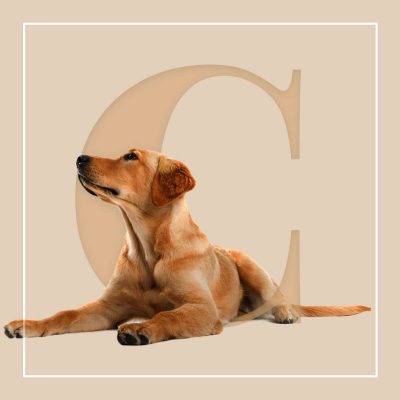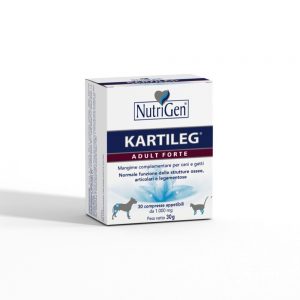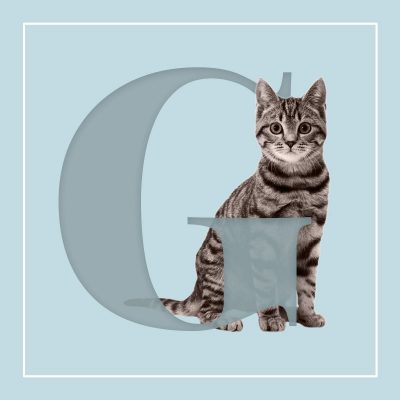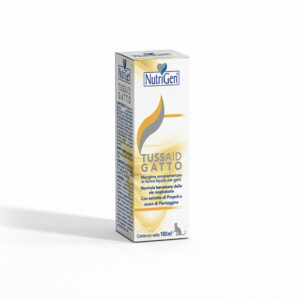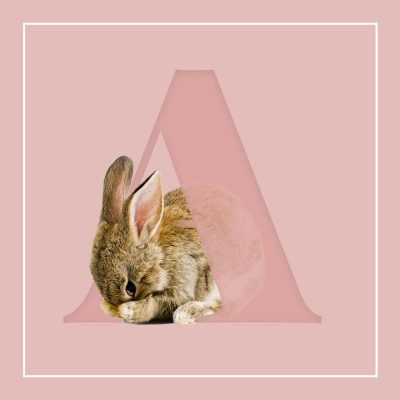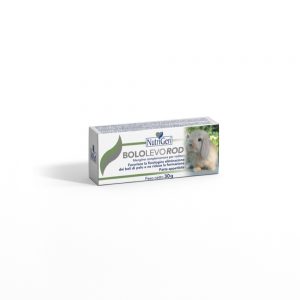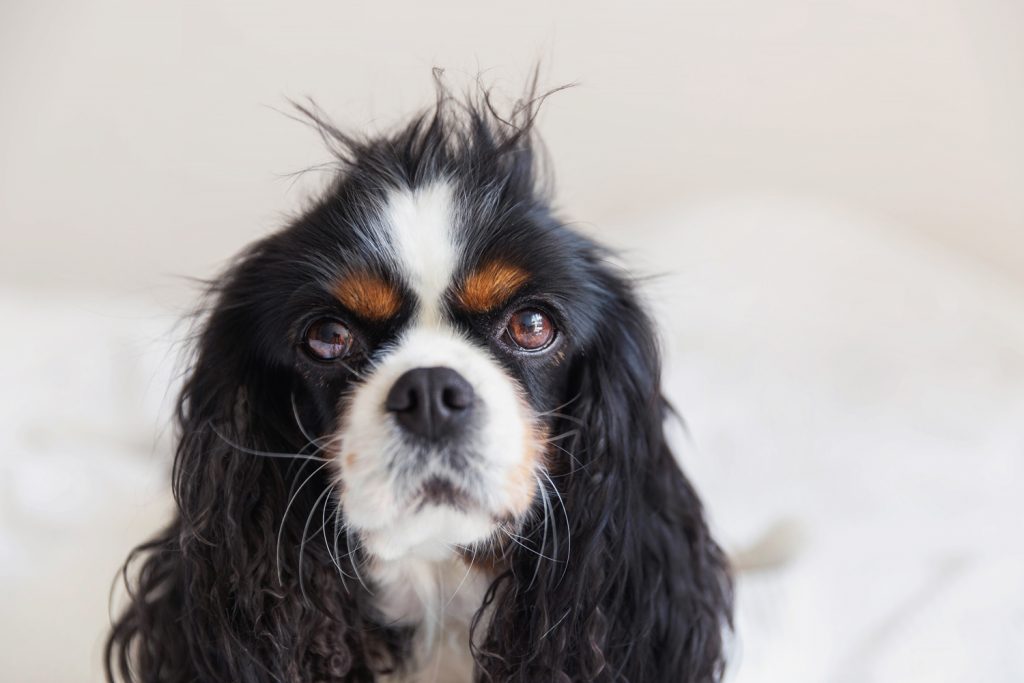Hairs are adnexes of the skin as well as nails, cattle antlers or deer antlers.
What is the structure of a hair?
Hairs are thin structures made up almost entirely of a protein called keratin, and can be divided into two portions: an outer one called the stem, and an inner one that lodges inside the hair follicle, called the root. Each hair has a circular or elliptical cross section and is made up of three layers: the outer cuticle, the middle cortex, and the innermost pith. The root of the hair is vascularized, comes into contact with nerves and sebaceous glands responsible for the production of an oily secretion that, in addition to keeping the hair healthy, also provides good protection for the skin. The hair is then in contact with muscles that allow its erection (goose bumps in humans, pain or behavioral approach in dogs).
Why do animals lose their fur?
Both human and pets (dogs, cats, etc…) lose hairs and hair, as these structures have their own life cycle that includes the anagen phase, in which there is growth in length of the hair, the transient catagen phase, in which there is a halt in growth, and the telogen phase in which the bulb enters a resting phase, retreats and the hair falls out.
As a result, every single hair, after being born and grown, will have to die and fall out. This process follows very precise cycles, often related to the seasons and, in non-human animals, usually these phases are synchronized, so that almost all follicles are in the same phase at that precise moment. In the moulting phases, which usually coincide with spring and fall, most of the hairs are in the same phase and are therefore ready to fall out. In humans, synchronization does not exist, which is why we never run out of hairs or hair.
What is the purpose of hair?
The hairs have numerous functions in our pets, first of all the insulating function that ensures the maintenance of a more or less constant body temperature, avoiding the excessive lowering of temperature during the winter and overheating during the summer. In some mammals the hair can have a defensive function (as in the case of porcupines) and it also has a behavioral function since the animal is able to provoke its erection (think of an approach between two dogs, which often raise the hair on the rump). During the winter, the fur tends to change, becoming fuller and softer due to the growth of undercoat, which is essential to avoid frostbite and death from the cold.
What can I do when my dog loses too much fur?
Meanwhile, it is necessary to understand if the loss of hair is physiological or unusual. If the loss of hair occurs during the moulting periods and the animal does not show any particular symptoms, this loss is normal and we should not worry. We can use special brushes to remove the hair before it falls to the ground, vacuum often, give supplements based on biotin to shorten the duration of the moult and at the same time promote optimal growth of new hair, or we can give a paste for hairballs to facilitate the expulsion of hair ingested during the self-cleaning of our friend.
If the hair appears dry, dull and poorly nourished, the cause could be dietary and we should be able to supplement the diet with essential fatty acids (natural sources are vegetable oils such as hemp oil and flaxseed oil, animal krill oil, or algae such as spirulina).
If the loss of hair occurs outside of the moulting period, occurs in restricted areas such as around the eyes, or in focal areas even round, it is good to contact our veterinarian as soon as possible to ascertain the absence of diseases that may interfere with the hair cycle (Leishmaniasis, dermatophytosis, endocrinological disorders, etc. …).
Dr. Paola Zintu, veterinarian
-
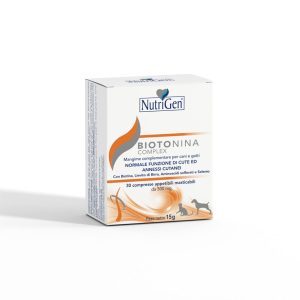 Biotonina ComplexFrom: € 23,40
Biotonina ComplexFrom: € 23,40
NUTRIGEN advises:
BIOTONIN COMPLEX, a complex of ingredients including biotin and spirulina.
Biotonina complex contains ingredients that contribute to the health of the coat, shortening the moulting period, facilitating the growth of a healthy and shiny coat, integrating essential fatty acids and giving tone and vigor to our pet.
